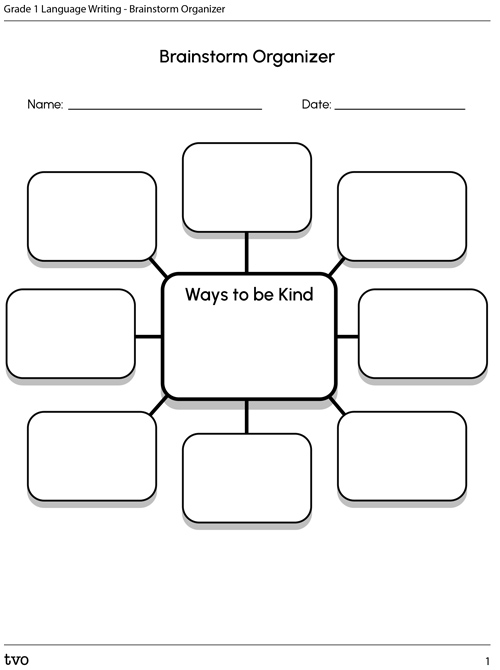Minds On
Art in stories
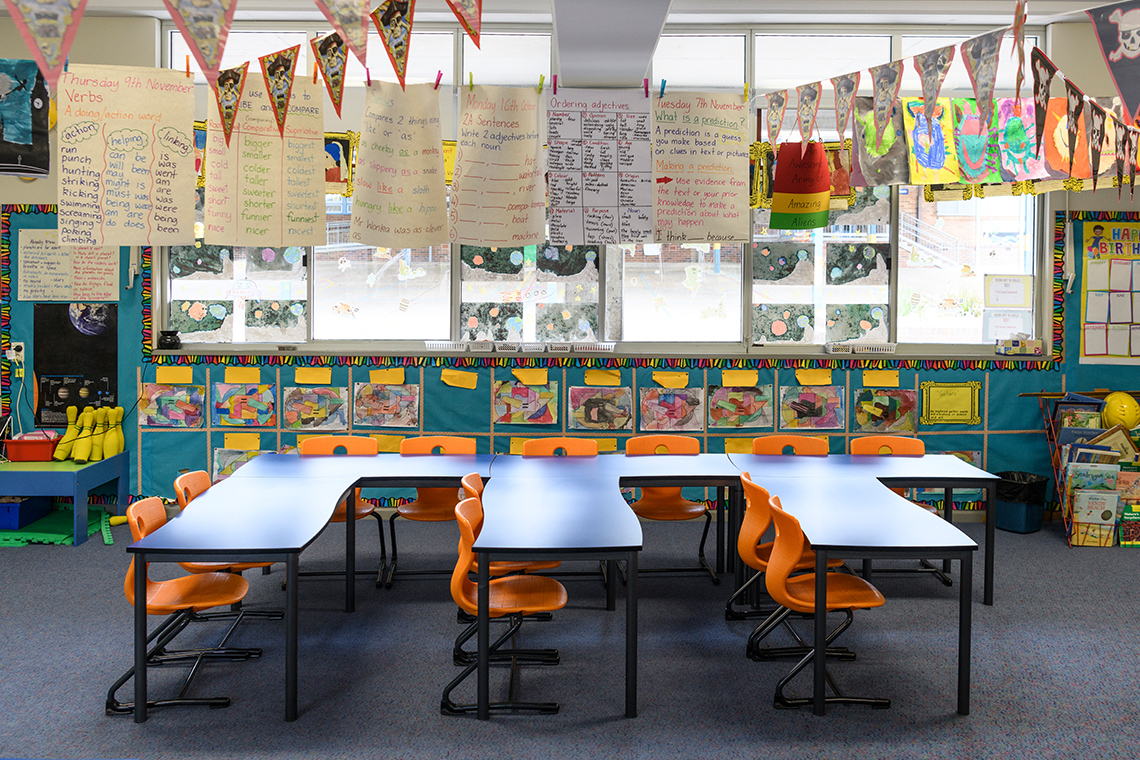
What are some examples of art that we could put on display?
Where do you observe displays of art? How does it make you feel to experience art displays?
Where do you observe writing? Does it look like art too? Why?
When we read books, we know that the author tells the story and the illustrator adds the pictures. Sometimes, the author is the illustrator too. They write the story and add the pictures.
Pictures help the reader understand the story. Do you like examining pictures when you read? Why?
In this learning activity, you will be the author (writer) and the illustrator (artist).
Here are some examples of published written works.
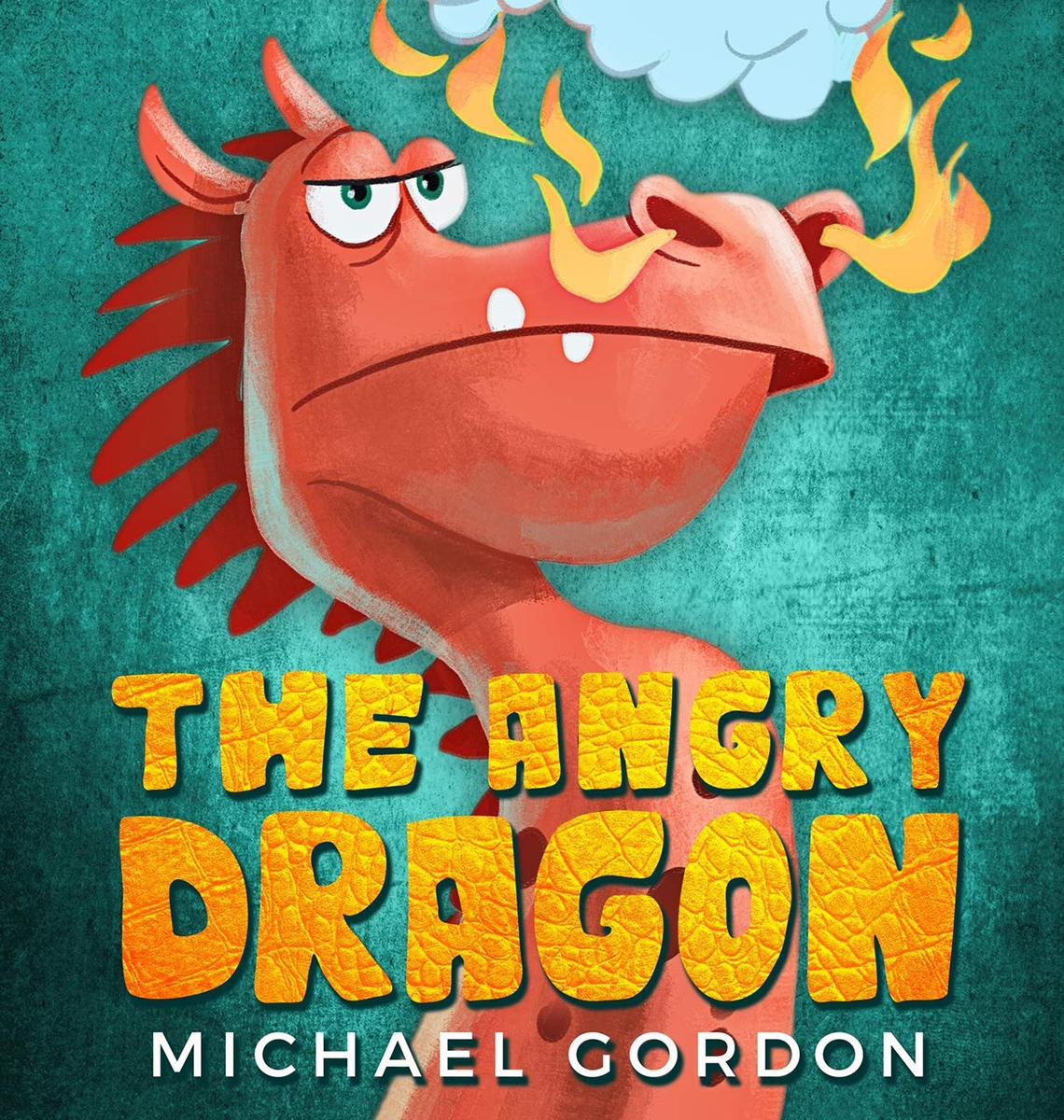
One example we can look at is
the The Angry Dragon by Michael Gordon. From the title and the cover of the book, what
do you think this story might be about?
Examine the artwork on the book Sharing Our World by Garfinkle Publications which is a book with Indigenous art of Northwest Coast animals. Brainstorm ideas from as many book covers as you can.
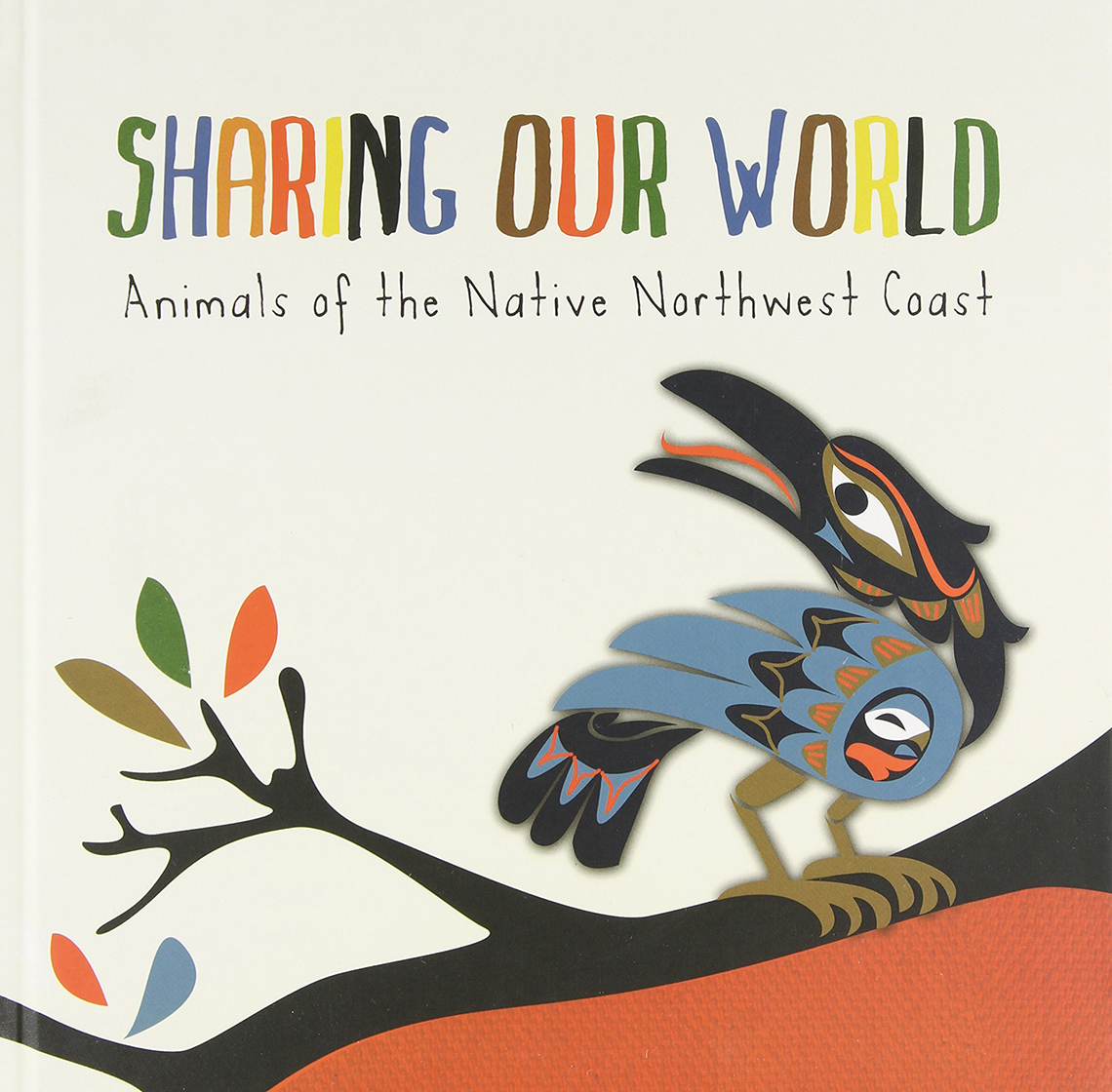
Art comes in many different forms, including writing. Authors of art make changes to their work before it is ready to be published. When they publish their work, they share their work for others to appreciate. Authors can create published art in many different ways using special paper, computers, posters, storytelling, music and dance to share their ideas.
Reviewing the writing process
Let’s review the writing process.
The writing process is series of 5 steps.
We start by warming up with a brainstorm. We think of ideas about our writing topic. This helps to put our ideas on paper when we write a draft.
We revise and edit our drafts to add details, change words and make sure our spelling and punctuation is correct.
Once we are sure our writing is just right, it is time to publish our work. The following image describes the 5 steps of the writing process. Review the image or access the printable document Steps of the Writing Process.
Press the ‘Activity’ button to access the Steps of the Writing Process.
In this learning activity, we will publish a writing piece to display in the classroom.
Action
Publishing
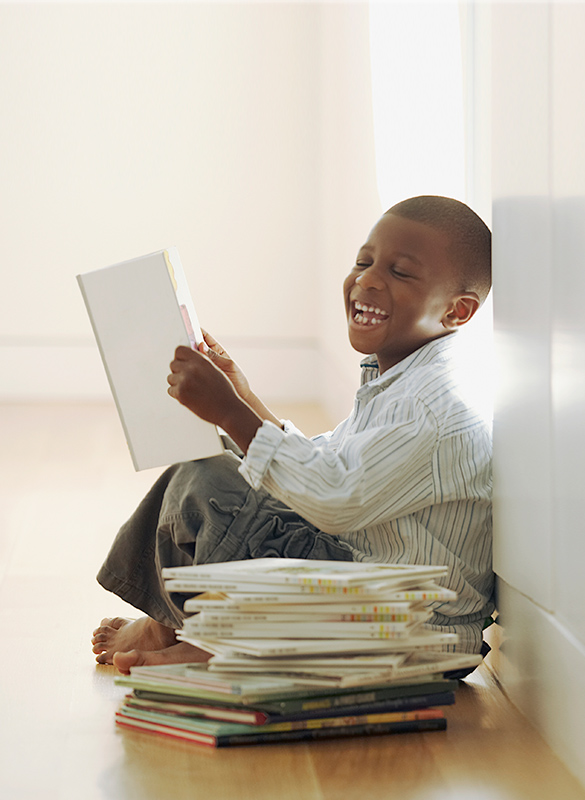
What is it?
- making written work “beautiful” for others
- sharing your best work
How do I do it?
- make sure there are no mistakes
- use your best printing
- make it neat
- add pictures and colour
What can I use?
- special paper
- coloured pencils
- markers
- pens
- a computer
This is an example of a poem that needs to be published.
- There once was a bunny named Jars,
- Who ate all of the chocolate bars.
- He hopped on his tail,
- To fill up his pail,
- With his favourite chocolate bar Mars.
How do you feel when you reflect on this work? Is it exciting or interesting? Can you form a picture in your mind about the topic? Would it stand out if it was on display?
What if the poem had the following image of a bunny jumping towards a pail of chocolate? How would you feel about the poem then?

Published pieces of writing:
- bring excitement to the reader
- are more interesting
- help the reader understand the topic and message
Consolidation
Your turn: writing
In this writing activity, you will create a poster about being kind.
Brainstorm
What are some ways we can be kind to one another? Let’s record our ideas in a brainstorm. Access the following fillable and printable Brainstorm Organizer to record your ideas. You can also complete this activity in your notebook.
Draft
Using ideas from our brainstorm, create a list of ways to be kind. Include at least three different points.
Here is an example of a poster in the draft stage of the writing process.

Ways to be Kind
There are many ways to be kind:
- Smile
- Offer to help
- Listen when others speak
Revise and edit
Your turn: publishing
Once your changes have been made, you are ready for the last stage in the writing process: publishing.
What strategy helped you organize your ideas?
Published pieces of writing:
- bring excitement to the reader
- are more interesting
- help the reader understand the topic and message
Publishing Checklist
Have I:

Did I use:
Is my work:
Reflection
How do you feel about what you have learned in this activity? Which of the next four sentences best matches how you are feeling about your learning? Press the button that is beside this sentence.
I feel...
Now, record your ideas about your feelings using a voice recorder, speech-to-text, or writing tool.
Press ‘Discover More’ to extend your skills.
Discover MoreCheck out the video “Apples, Adjectives and Animals - Oh My!” as teacher Joel teaches us about adjectives and how they are used to describe things.
